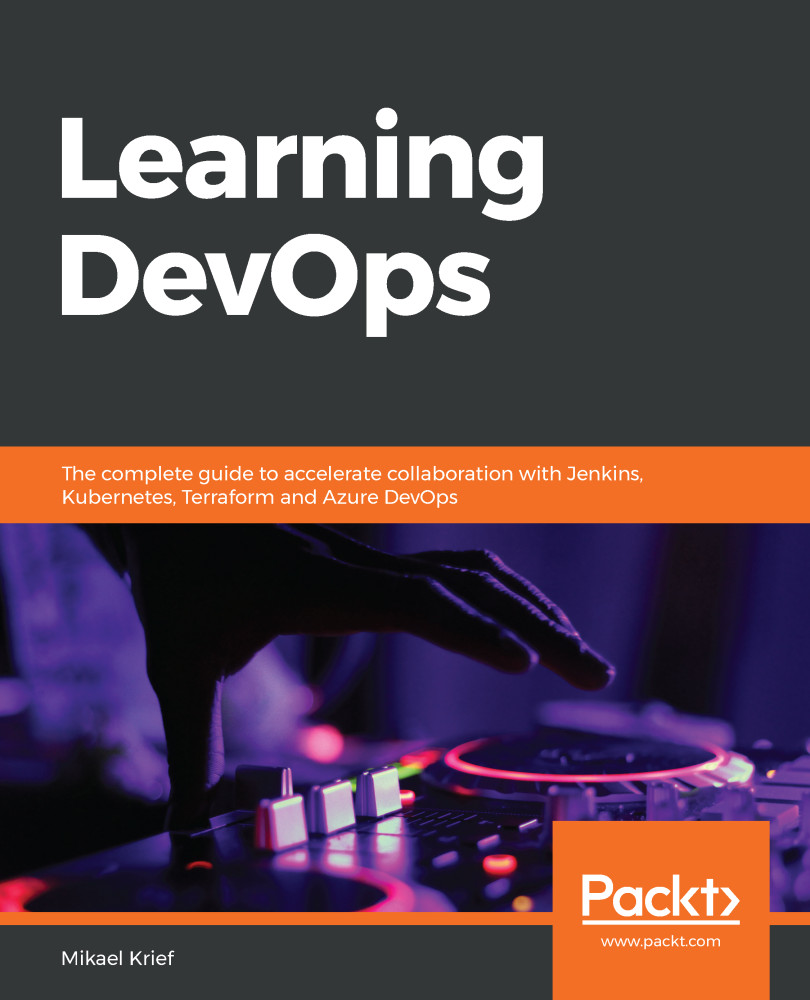To illustrate the use of Terraform to deploy resources in Azure, we will provision a simple Azure architecture with Terraform that is composed of the following:
- There's a group resource.
- There's also a network part composed of a virtual network and a subnet.
- In this subnet, we will create a virtual machine that has a public IP address in order to be publicly available.
For this, in the same directory where we previously created the provider.tf file, we will create a main.tf file with the following code:
- Let's start with the code that provides the resource group:
resource "azurerm_resource_group" "rg" {
name = "bookRg"
location = "West Europe"
tags {
environment = "Terraform Azure"
}
}
Any Terraform code is composed of the same syntax...



